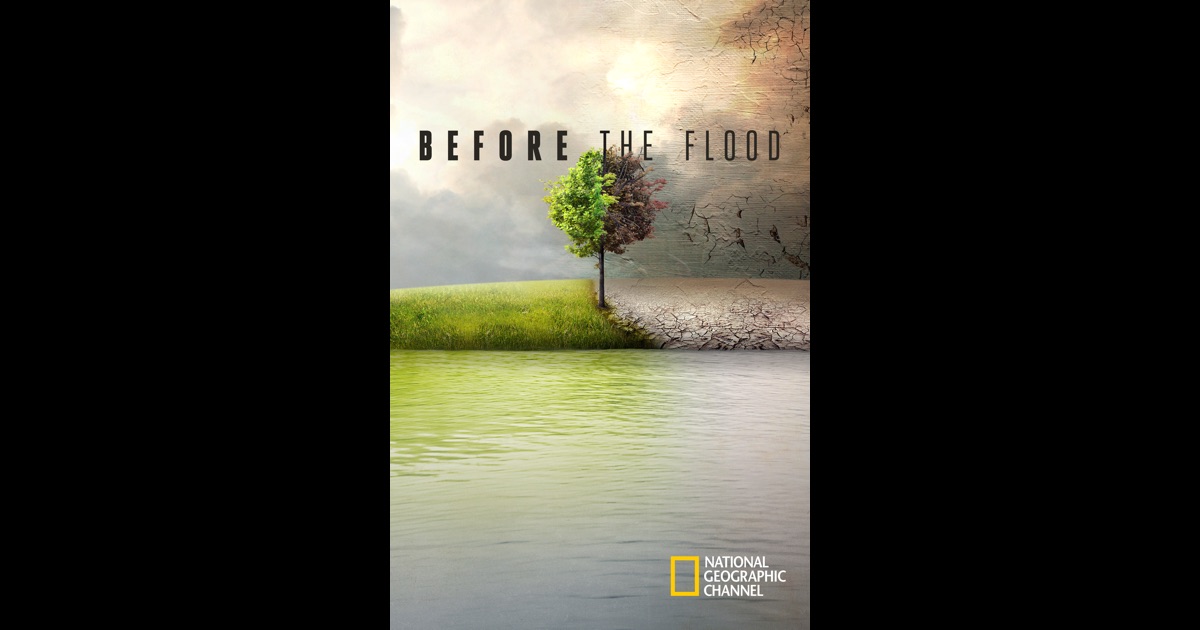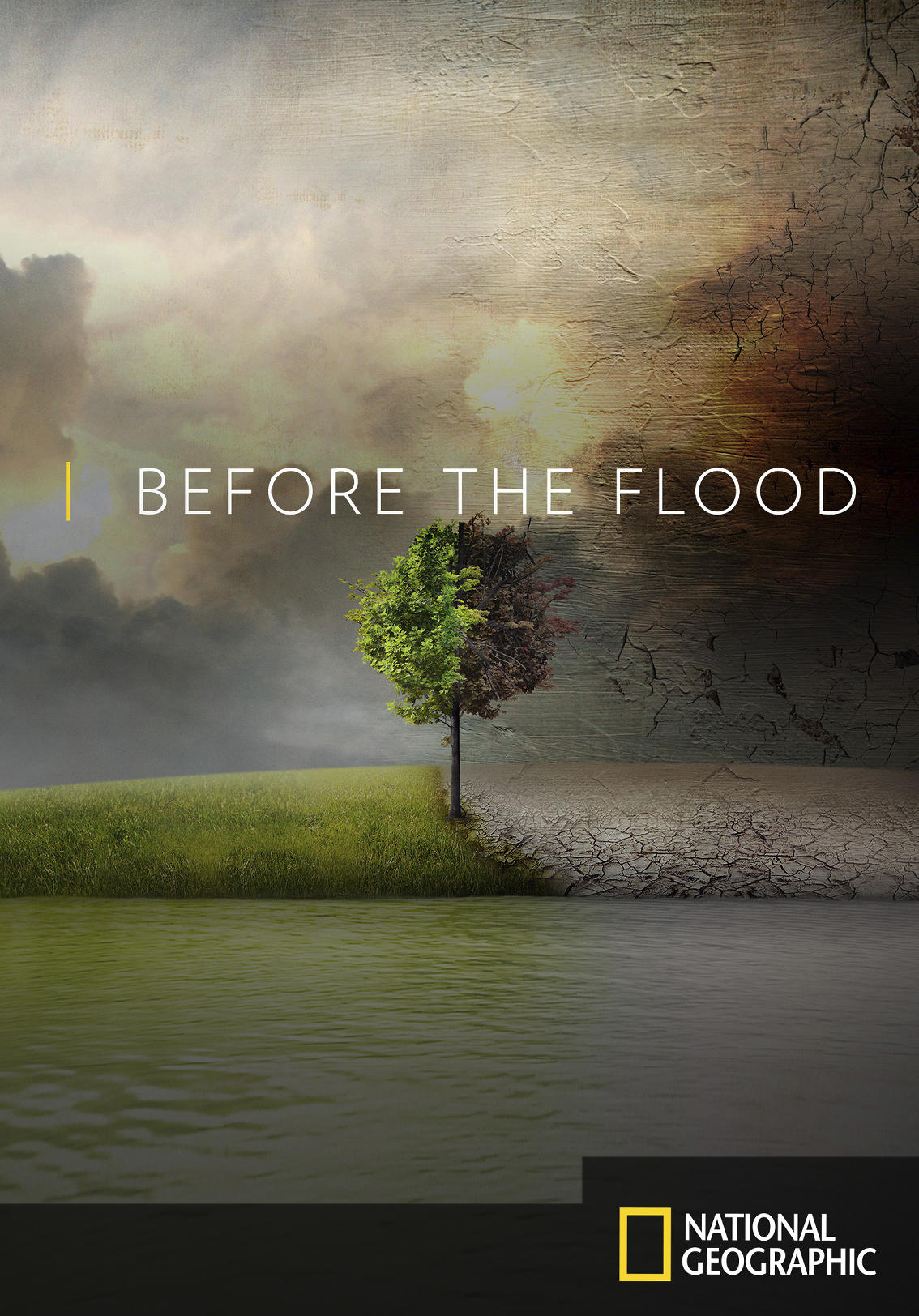

“Unless there’s a price put on carbon, we’re never going to be able to make the transition we need to in time.” 4.

and Europe, the big car companies, if they also do this, then collectively, we can accelerate the transition to renewable energy,” he says. “If the big industrial countries in China and the U.S. The catch is that Tesla can’t build 100 of them - in order to move to this clean energy/battery future, other corporations will have to follow suit. … in which he also explains how 100 gigafactories could power the ENTIRE WORLD on renewable energy. “Batteries are critical to the sustainable energy future,” Musk says in this NatGeo clip. When completed, the building will have the largest footprint of any in the world.Įlon Musk chatted with Leonardo DiCaprio about the future of the energy industry and how solar and batteries completely punt the need for energy plants in developing nations

In case you haven’t heard, Elon Musk is building a gigafactory to build his Tesla batteries. 100 gigafactories can serve the entire world renewable energy. So the seemingly simple solution is cutting down on beef in our diets, switching to another alternative like chicken or just having meat-free days. “Let’s face it - it’s fairly easy to switch your diet from one choice to another,” Eshel explains. And of the methane in the atmosphere, nearly all of it is due to livestock.” “Every molecule of methane (CH4) is equivalent to 23 molecules of CO2. And as mentioned, methane is way worse for the climate. That feed goes to fuel cows, who produce methane through burping while eating ( no, really). In a short segment, Eshel explains that in the U.S., 47% of land is used for food production, and of that, 70% is used to grow feed for cattle.

This, like palm oil production, removes trees (and in turn, carbon sinks are disrupted). Gidon Eshel) explains that the largest reason for tropical deforestation is beef farming. In “Before the Flood,” DiCaprio (along with Dr. So how can we help? In short – eat less beef. New studies have pointed to cattle, landfills and agriculture as huge sources of methane in the U.S. Methane is a greenhouse gas that contributes to climate change (like carbon dioxide does) but is about 34 times more potent than CO2 over a 100 year period (cutting the science jargon - it’s worse than CO2). Methane is also terrible (but again, you can help). If enough people worldwide boycott (or cut back on) consumption of products containing palm oil, these companies wouldn’t have to clear-cut as many forests to harvest it, which would allow trees to remain in place and do their jobs as carbon sinks. It can be grown almost anywhere, and is really cheap to produce, making large corporations a lot of money. It’s used in pretty much everything, from lipstick to chocolate to detergent. Palm oil plantations (NatGeo/ YouTube)īack to palm oil, though. Burning forests for deforestation also release carbon into the atmosphere in the form of smoke. Deforestation prevents trees from doing their job ( acting as a carbon sink), especially when “peatlands hold up to 28 times as much carbon as rainforests,” Ensia reports. Palm oil is really terrible for the climate because it fuels deforestation. How flooded will your city be? Find out on the Surging Seas map and see how #climatechange causes sea level rise. These are the 5 most important solutions he made cases for in his documentary ( which you can watch on YouTube). And through “Before the Flood,” the UN Messenger of Peace does just that. It’s increasing mosquito days and causing heavy downpours and melting sea ice and swamping forests and… yeah you get the picture.īut Leonardo DiCaprio wants to bring solutions to this scary problem. It’s causing sunny day floods on the East and West coasts. It’s displacing people from their homes in Alaska. It’s fueling wildfires, sea level rise, extreme heat, and drought.


 0 kommentar(er)
0 kommentar(er)
